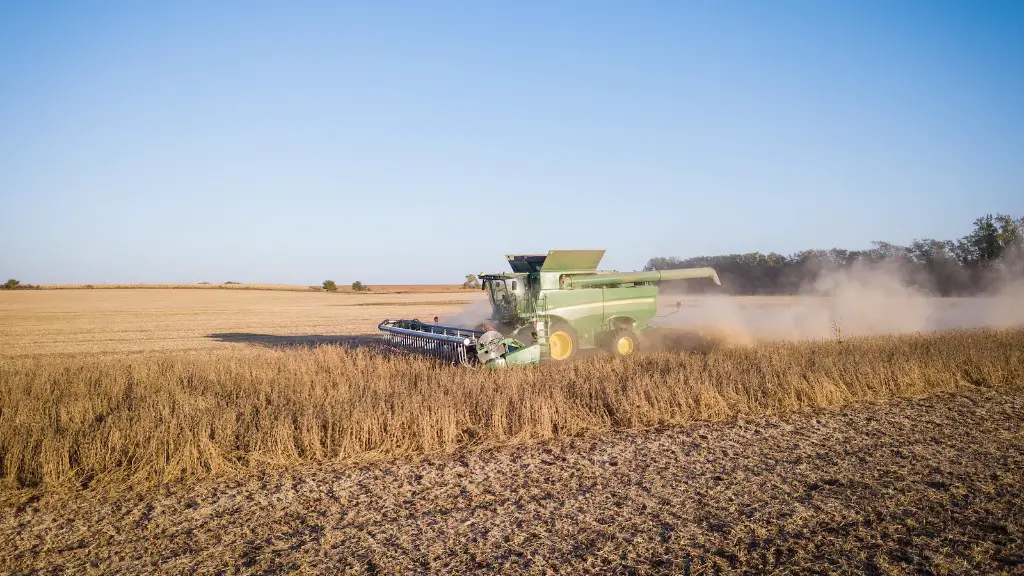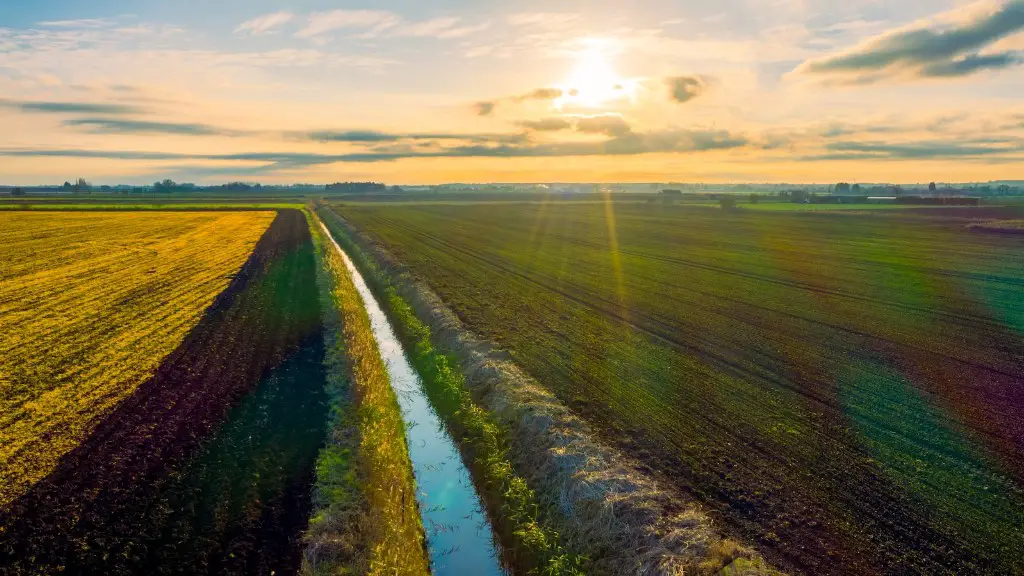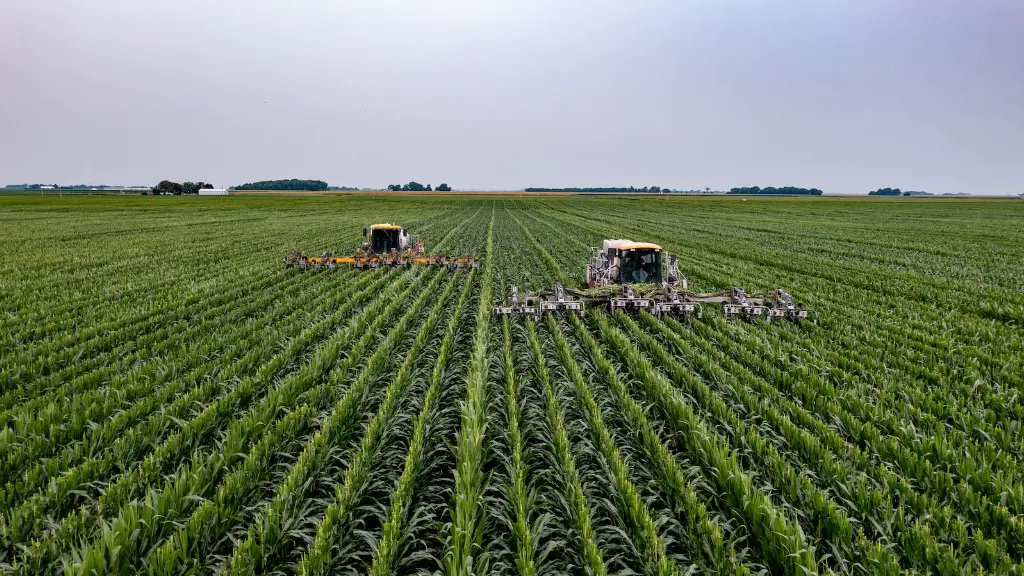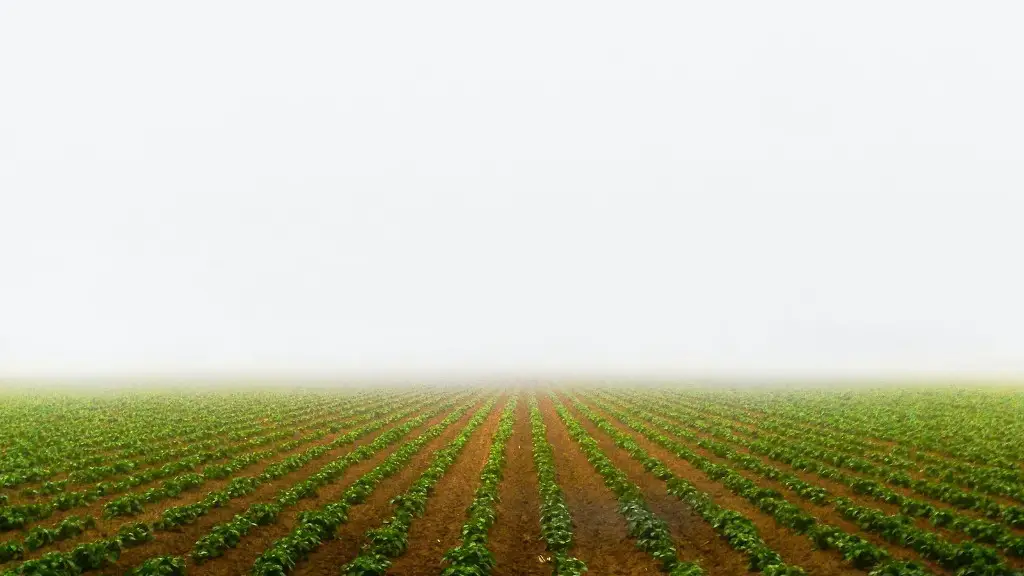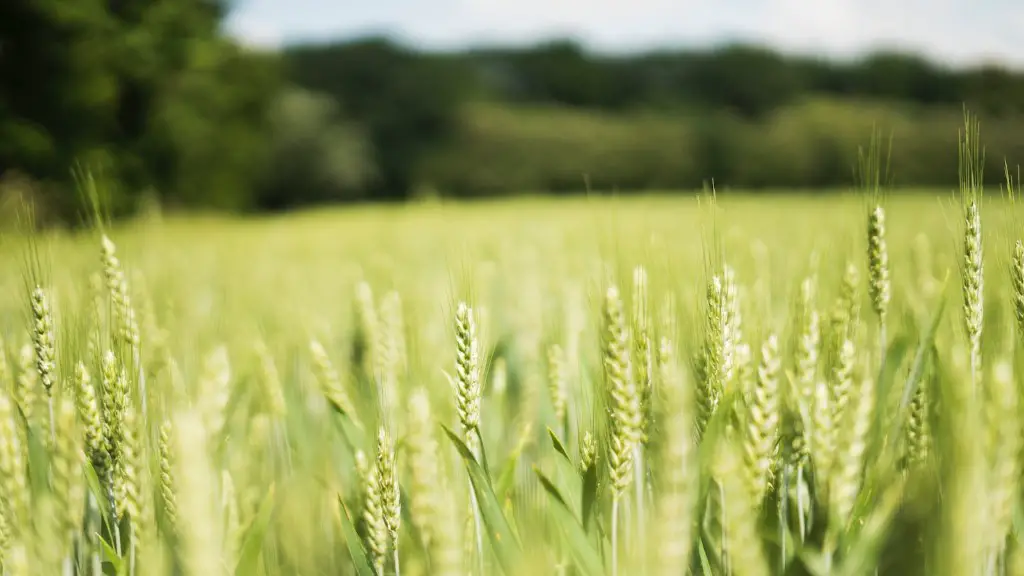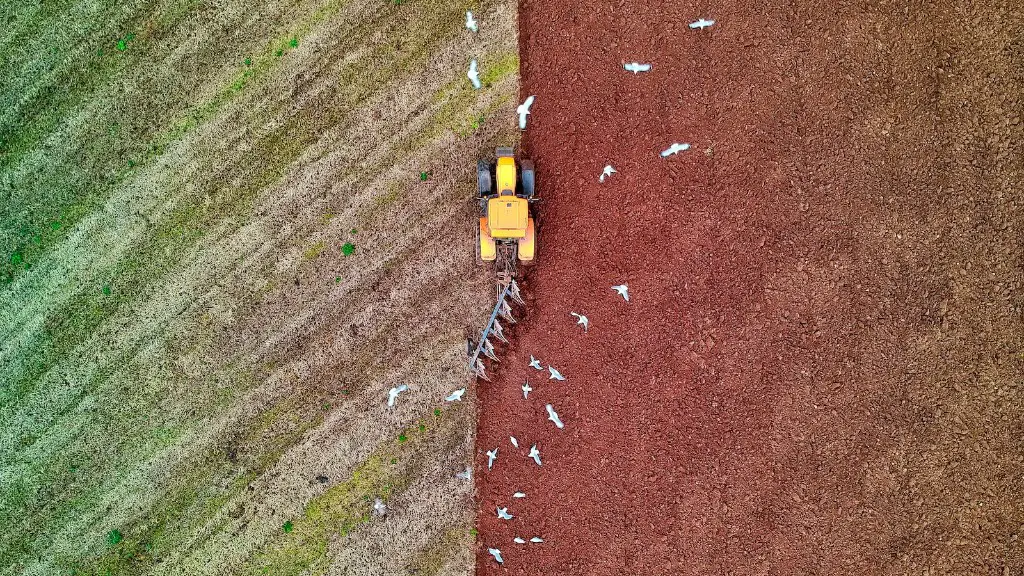Precision agriculture definition is the application of site-specific management for field crops. It is a farming management strategy that uses information technology (IT) to gather, process, and analyze data about the soil, crops, and weather conditions in order to optimize farming practices. The goal of precision agriculture is to reduce inputs such as water, fertilizer, and pesticides while maximizing crop yields and profits.
Precision agriculture, also called precision farming or satellite farming, is a farming management concept based on observing, measuring and responding to inter and intra-field variability in crops.
What is precision agriculture?
Precision agriculture is a management strategy that relies on advanced technologies to collect, process and analyze data related to temporal, spatial and individual variations within a farm. This information is then combined with other data sets to support management decisions aimed at improving resource use efficiency, productivity, quality, profitability and sustainability.
Precision agriculture is a great way for farmers to increase their crop yields and quality, while also reducing their impact on the environment. By more effectively using inputs like fertilizers, pesticides, and irrigation water, farmers can significantly improve their operations without harming the planet.
What is an example of precision agriculture
Precision agriculture is a new way of managing agricultural production with the goal of increasing profitability. Some examples of precision agriculture include drones, Global Positioning Systems (GPS) and irrigation technologies. By using these tools, farmers can more accurately target their crops with the right amount of resources, leading to increased yields and decreased costs.
Precision agriculture is a term used to describe the use of technology to manage and optimize the production of crops. This includes the use of sensors, GPS systems, and other data-driven tools to manage inputs, optimize resources, and improve yields.
Precision agriculture has been shown to be an effective way to reduce inputs costs, improve yields, and reduce environmental impact. For example, by measuring within-field soil variations, farmers can apply the right amount of fertilizer to specific areas, rather than applying an equal amount of fertilizer over the entire field. This leads to more efficient use of resources and less environmental impact.
What are the 5 R’s of precision agriculture?
Precision agriculture is a revolutionary technique that has the potential to greatly improve the efficiency and productivity of farming operations. The 5Rs in precision farming (right time, right place, right amount, right manner) contribute towards successful implementation of this technique.
During the precision agriculture conference, the speaker shared his vision for developing Scale-Independent Precision Agriculture (SIPA). He outlined how the 5Rs play a role in successful SIPA implementation.
This is an exciting development that has the potential to transform the way we farm. By using precision agriculture techniques, we can improve yields, reduce inputs costs, and decrease our environmental impact.
Precision agriculture is a game-changer for farmers. By enabling them to target inputs to specific areas of the field, they can increase efficiency and productivity while reducing inputs costs. This technology is revolutionizing the way farmers do business and is poised to have a major impact on the global food system.
What is another name for precision agriculture?
Precision agriculture is a form of farming that uses technology to manage crops more efficiently. Farmers using precision agriculture tools can survey their fields using satellites or drones, and then use that data to plan their planting, fertilizing, and irrigation. This allows farmers to use fewer resources while still producing high yields.
Precision agriculture is a farming management concept based on observing, measuring and responding to inter and intra-field variability in crops. The goal of precision agriculture is to optimize returns on inputs by reducing waste, optimizing productivity and maximizing economic return.
Precision agriculture has been enabled by advances in technology, including GPS, mapping, sensors, and automated systems. These technologies allow farmers to collect data on factors such as soil conditions, crop growth, and weather patterns. This data can then be used to make more informed decisions about seed selection, planting, irrigation, and crop protection.
The use of precision agriculture has been shown to improve yields, reduce inputs costs, and improve farm profitability. In addition, precision agriculture can help to protect the environment by reducing the use of pesticides and other inputs.
What is a good example of precision
Precision is a measure of how close two or more measurements are to each other. If you weigh a given substance five times and get 32 kg each time, then your measurement is very precise but not necessarily accurate.
GPS technology is one of the most important tools available to farmers today. It allows for precision steering and sensors, which can greatly improve the efficiency of farm operations. Additionally, GPS can be used for remote management and diagnostics of the equipment, as well as for satellite crop monitoring.
Which is the most important technique in precision farming?
VRT is a very useful precision ag technique that can help farmers save money on inputs while still getting good yields. VRT can be used for things like seeders, fertilizers, and irrigation systems. VRT is becoming more popular as more farmers learn about it and see the benefits.
Precision agriculture is a farming management practice that makes use of highly precise and accurate data in order to improve agricultural productivity. The main aim of precision agriculture is to reduce the amount of inputs used in farming, while at the same time increasing crop yields and profitability.
Some of the most popular applications for precision agriculture today include agricultural mapping and field scouting. Drones equipped with cameras can create high-resolution maps of fields, which can be used to identify problem areas, track crops and assess yield potential. This information can then be used to make more informed decisions about where to allocate resources and how to best manage the farm.
precision agriculture is becoming increasingly popular as a way to improve farm productivity and profitability. This is thanks to the many advantages that it offers, such as improved accuracy and efficiency, reduced inputs and costs, and improved yields.
What is a disadvantage to precision agriculture
Precision agriculture is a rapidly growing field that is currently fragmented across many industry bodies. This fragmentation makes it difficult for new technology to be adopted on a wide scale. In the future, standardizing technology across platforms will be a big challenge.
Precision agriculture is a type of farming that uses highly advanced technology to increase yields and optimize crop production. Farmers who use precision agriculture techniques are able to make more informed decisions about their crops based on the unique nature of their fields. This allows them to do the right thing, in the right place, at the right time, which ultimately leads to more successful crop production.
What tools are used in precision agriculture?
If you want to save money on management decisions, you should keep good crop production records and have the right computer software. Harms says that using auto-guidance equipment and variable-rate technology (VRT) can help you do this. Additionally, yield maps and sensor technology can be used to make more informed decisions about your crops.
Precision farming is a type of farming that uses modern technologies to improve crop quality and profitability. Precision farming optimizes the use of traditional resources, such as land, labor, and capital, to improve the efficiency of agricultural production.
What are the techniques of precision agriculture
Precision Agriculture (PA) is a farming management system that uses near and remote sensing techniques, IoT sensors, and processing of large amounts of data related to crop health. PA systems help farmers to monitor crops at multiple growth levels, identify problems early, and take measures to improve crop yield and quality.
The Netherlands has a long tradition of precision farming and is a world leader in this field. Its strong focus on innovation and technology has resulted in the development of numerous advanced precision farming techniques and systems. These have been adopted by farmers across the country and have helped to boost productivity and improve crop yields. The Netherlands’ precision farming sector is also highly regarded internationally, with many Dutch companies exporting their products and services to other countries.
Conclusion
Precision agriculture is a farming management strategy that uses technology to increase yields, decrease inputs, and mitigate risks. The technology includes GPS mapping, remote sensing, variable rate technology, and yield monitoring.
Precision agriculture is an agricultural production system that uses technology to increase yields, decrease inputs, and conserve resources.
